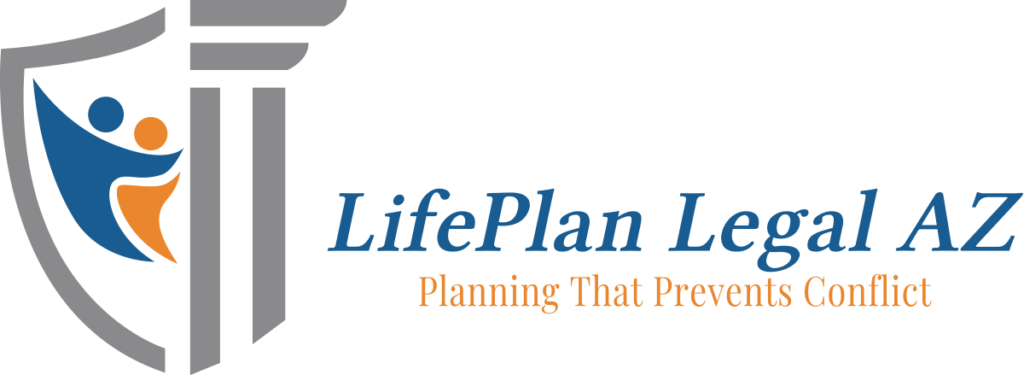When musical legend Prince died, it took six years in court to determine who would inherit his worldly possessions because he didn’t have an estate plan. While most of us aren’t dealing with a Prince-sized estate, no family needs to go through the turmoil and expense of fighting over a loved one’s estate. That’s where estate planning comes in, as explained by the article “Let your dying wishes be known by estate planning—before it’s too late” from Star Tribune.
The biggest step is getting started.
Estate planning involves taking inventory of all your assets and liabilities and deciding how you want survivors to deal with these upon your passing. The main legal methods used are wills and trusts. However, a comprehensive estate plan also includes health care directives, or living wills, along with powers of attorney for financial and health care decisions.
Your estate plan should include funeral plans. However, these must be available immediately after your death, so loved ones can follow your wishes. If they are in your will, they may not come to light for weeks after your funeral has already taken place.
Prepaying for your funeral may not be possible for everyone. However, finances aside, it’s best to have all these estate planning angles covered in advance. Have a conversation with your family, so they understand your wishes and goals.
Probate is the legal process dictating what happens to assets when you die. Who makes these decisions depends upon whether you have a will. If you have no will, a court-appointed representative deals with your estate according to state laws. Property is gathered, inventoried, debts are paid and what’s left over is distributed to heirs.
In most states, estates pass to spouses. If there is no surviving spouse, children receive any inheritance or obligation in equal shares. If there are no children, assets might go to parents, siblings, nieces, nephews, or other relatives. Every state has different laws, so consult with an estate planning attorney to learn what your state will do in the absence of a will.
In blended families, this can become more complex, since stepchildren have no legal right to inherit.
If there are no heirs or no relatives that can be identified, assets are then deposited with a county treasurer until claimed.
When there is a will, a person you name in the will to manage your affairs, the executor, will oversee managing the estate. However, a probate court must first deem the will valid and approve the named executor.
The probate process varies by jurisdiction, with some being more time-consuming and costly than others. For this reason, many families rely on the use of revocable trusts. It takes a little more work at the start of the estate planning process but streamlines distribution and protects heirs.
The will contains specific instructions for real estate, personal property and any other assets without a beneficiary designation. Most retirement savings accounts and life insurance policies have a beneficiary named and the assets go directly to the heir, bypassing probate.
Think of a trust like a Ziploc bag—during your lifetime, it is easily opened, and assets can be moved in and out as you wish, including changing who will receive what. When you die, the bag becomes an irrevocable trust, and the trustee deals with everything contained in the trust as per the trust’s instructions.
A well-planned estate brings peace of mind to parents, who know they have done right by themselves and their family. It also fosters conversations about admittedly difficult topics, helping most families prepare for one of life’s eventualities.
To learn more about estate planning in the East Valley, Gilbert, Mesa and Queen Creek, schedule your free consultation with Attorney Jake Carlson by using one of the links above.
Reference: Star Tribune (Oct. 30, 2023) “Let your dying wishes be known by estate planning—before it’s too late”


